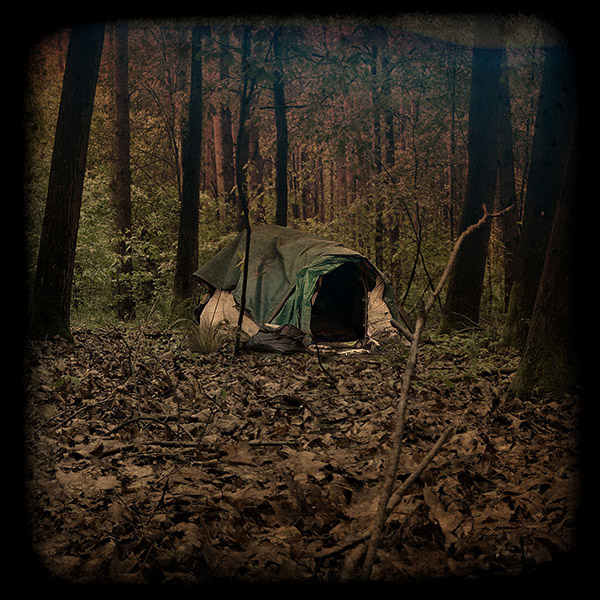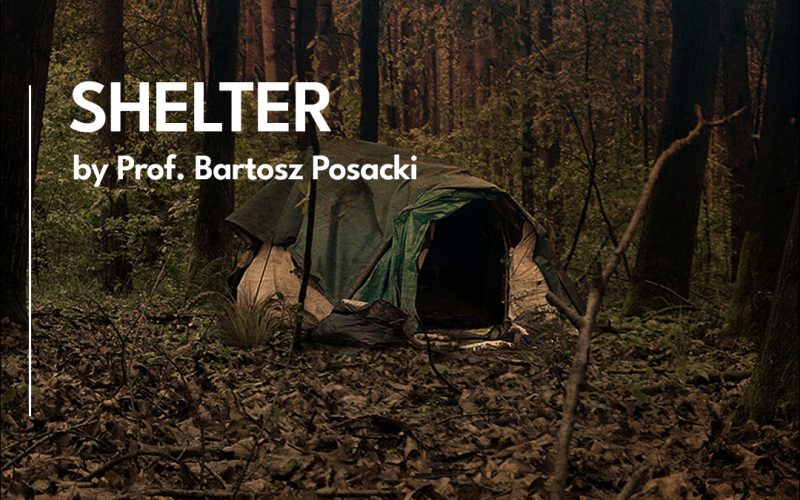Shelter
- by Prof. Bartosz Posacki
Man builds houses to enclose his memories and dreams, even if he knows that they will eventually be forgotten.
Gabriel García Márquez, One Hundred Years of Solitude, 1967.All a man has are the traces he leaves behind on the earth, small traces that say he was here, that he lived, that he loved.
Cormac McCarthy, The Road, 2006
The Shelter project focuses on the universal and primal human need to have one’s own space. The need to domesticate and privatize space, both in a material and symbolic sense. It is not only about the important and obvious yet superficial functionality of transforming physical space into a machine that sustains biological existence. From the project’s perspective, the more significant aspect is the symbolic gesture of taking possession of a specific fragment of space in a personal and subjective way, accompanied by rituals and small gestures that leave their marks on the fabric of reality. These actions, though undertaken with full awareness of their impermanence and fleeting nature, are imbued with a kind of desperate idealism. They bear the hallmarks of a beautiful, albeit fundamentally hopeless, and ultimately doomed struggle to preserve memory and give meaning to one’s own experiences.
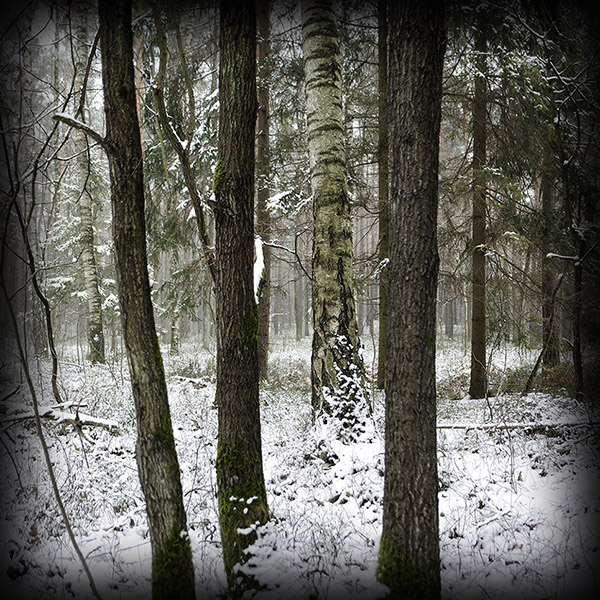
It is in these seemingly trivial gestures and their remnants that the truth of each individual’s existence is hidden. It is within them that the trace of human presence is found in a deeply humanistic sense, and it is through them that one’s humanity, far exceeding the biological dimension, is revealed. From these scant remnants, a keen observer can tell their story to themselves and the world. To tell it, because it cannot be literally read—it is always written in a private alphabet and, as such, will always remain merely a shadow. But isn’t our entire experience composed of shadows? Aren’t shadows the fundamental building blocks of our memory, and aren’t our perceptions, from which we construct the image of reality, mere projections on the fabric of our consciousness?
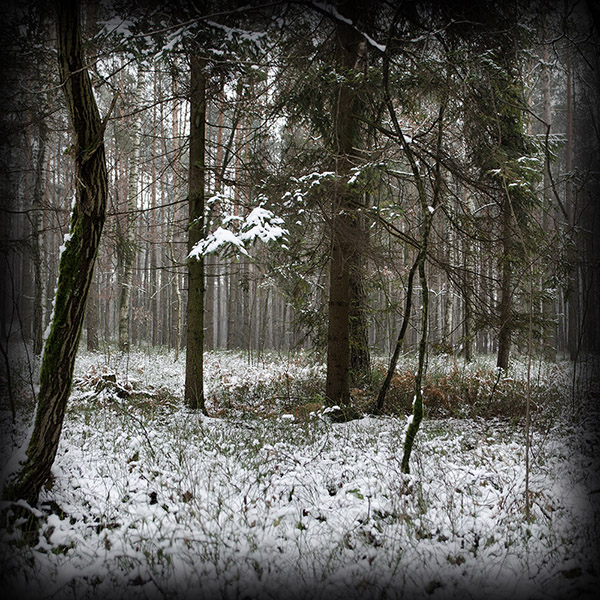
And yet, it doesn’t matter that they are impermanent and fluid, for all being is fluid and impermanent. The fact that time erases the traces of each of us, just as the wind erases tracks in the snow, is only a reflection of a general truth that contemporary societies strive to ignore. This truth is something that the consumerist cultural and social model attempts to push as far beyond the horizon of everyday experience as possible. From this perspective, it seems crucial to carefully read the signs of another person’s presence, regardless of who they are, where they come from, or where they are headed. Tenderness towards impermanence emerges as a duty of all transient beings and the only way to momentarily preserve the richness and complexity of a former presence in the present flash of conscious perception.
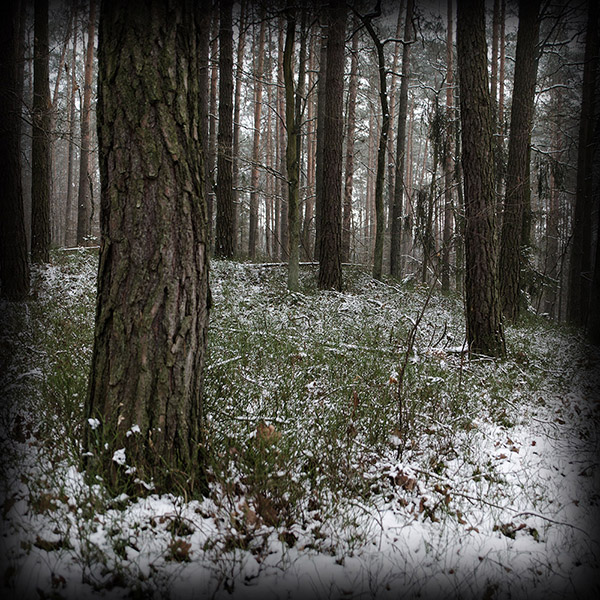
The Shelter project was inspired by the humanitarian crisis of migration unfolding in the forests and swamps of Poland’s eastern border, which also marks the eastern boundary of the European Union. This crisis is not an exception; in fact, it is merely, and yet significantly, a reflection of a global crisis. The presence of characteristic, narrow landscapes of Polish forests in the images is not so much a gesture confirming the reality of the depicted situations but an attempt to anchor them in a familiar and visually domesticated context. A context where many stories already have their places, but this particular one is new and somewhat incongruous. Without imagining it, we cannot find a place in our memory and hearts for it and its protagonists.
Bartosz Posacki, Opole 26.08.2024 r.

